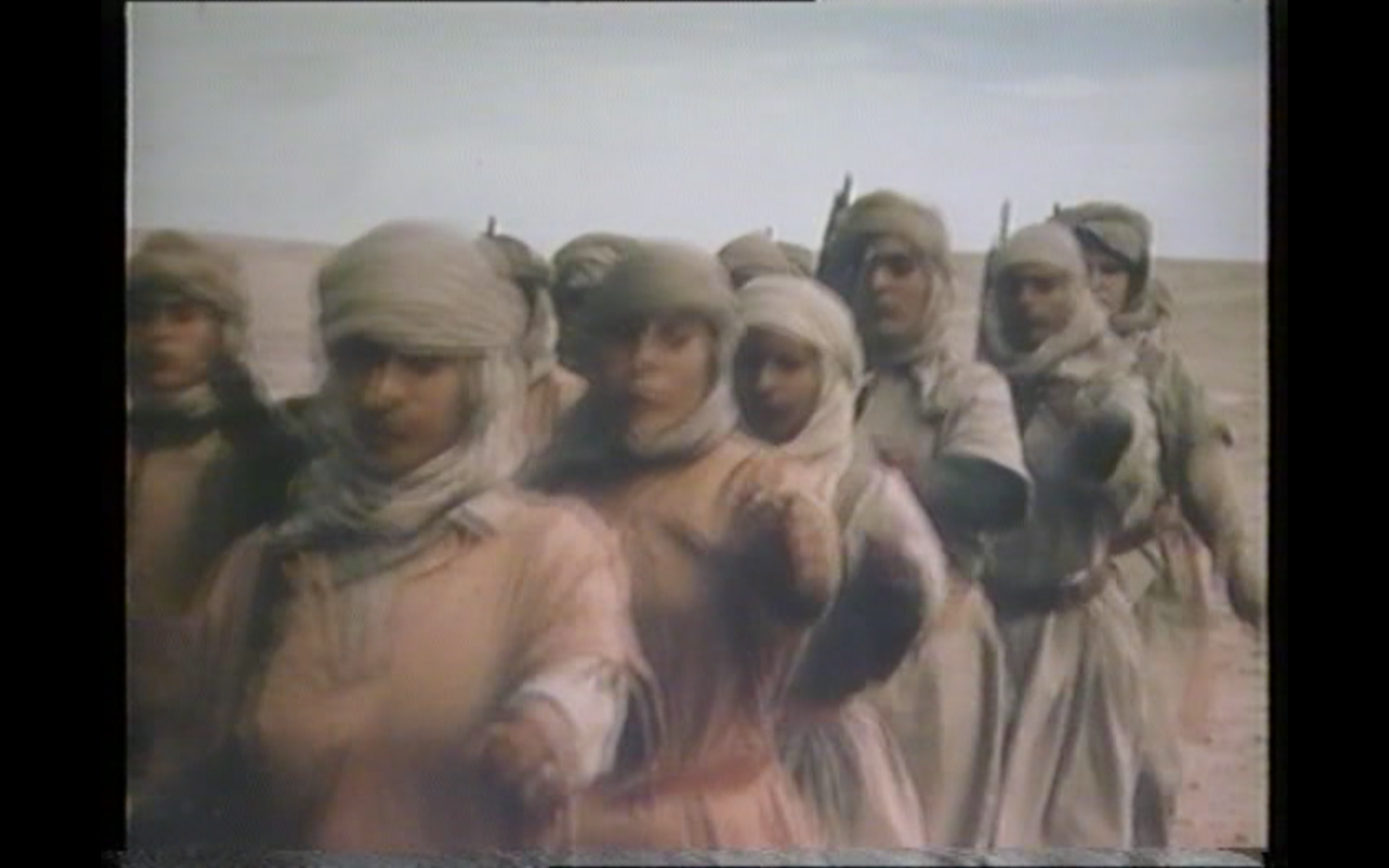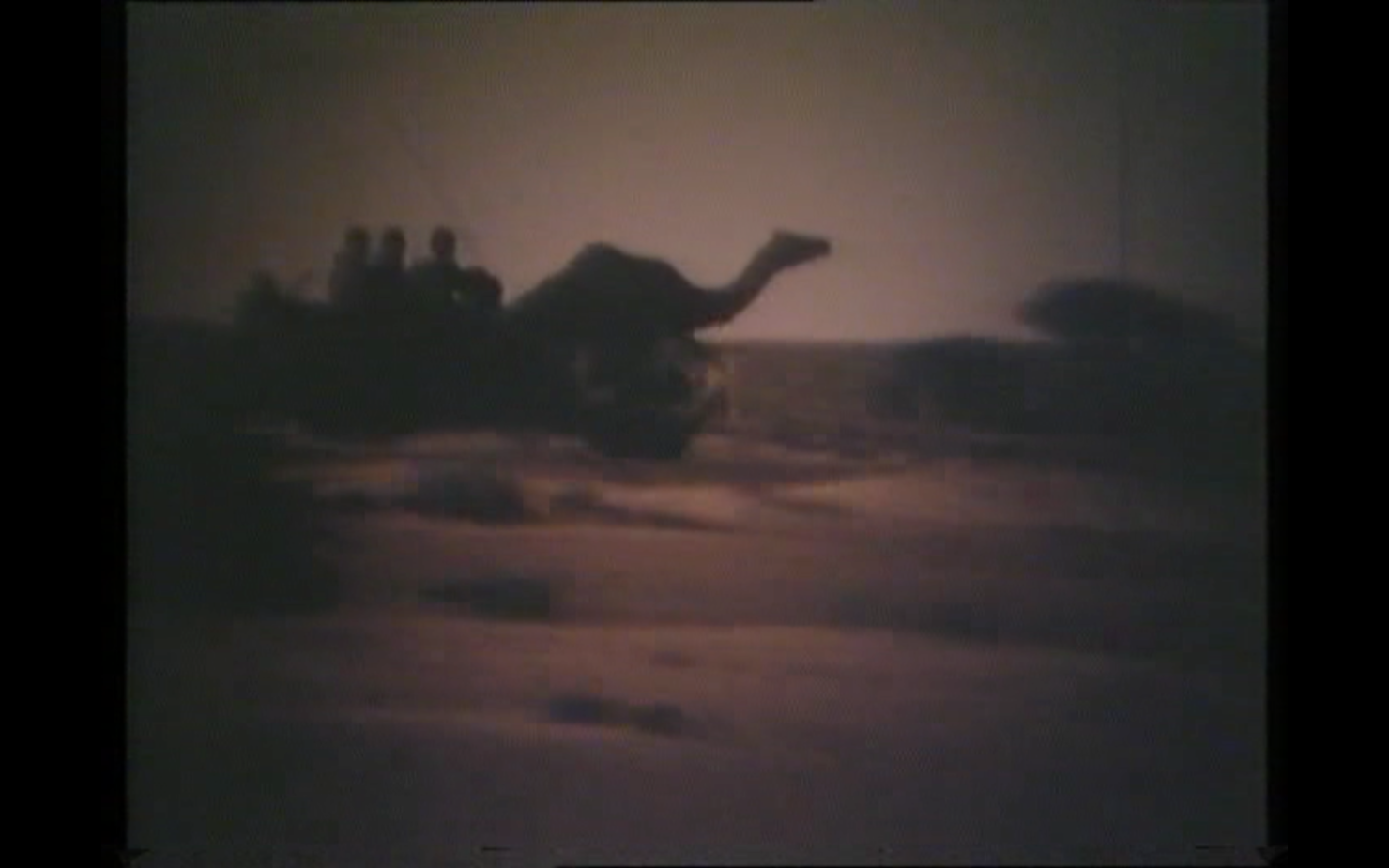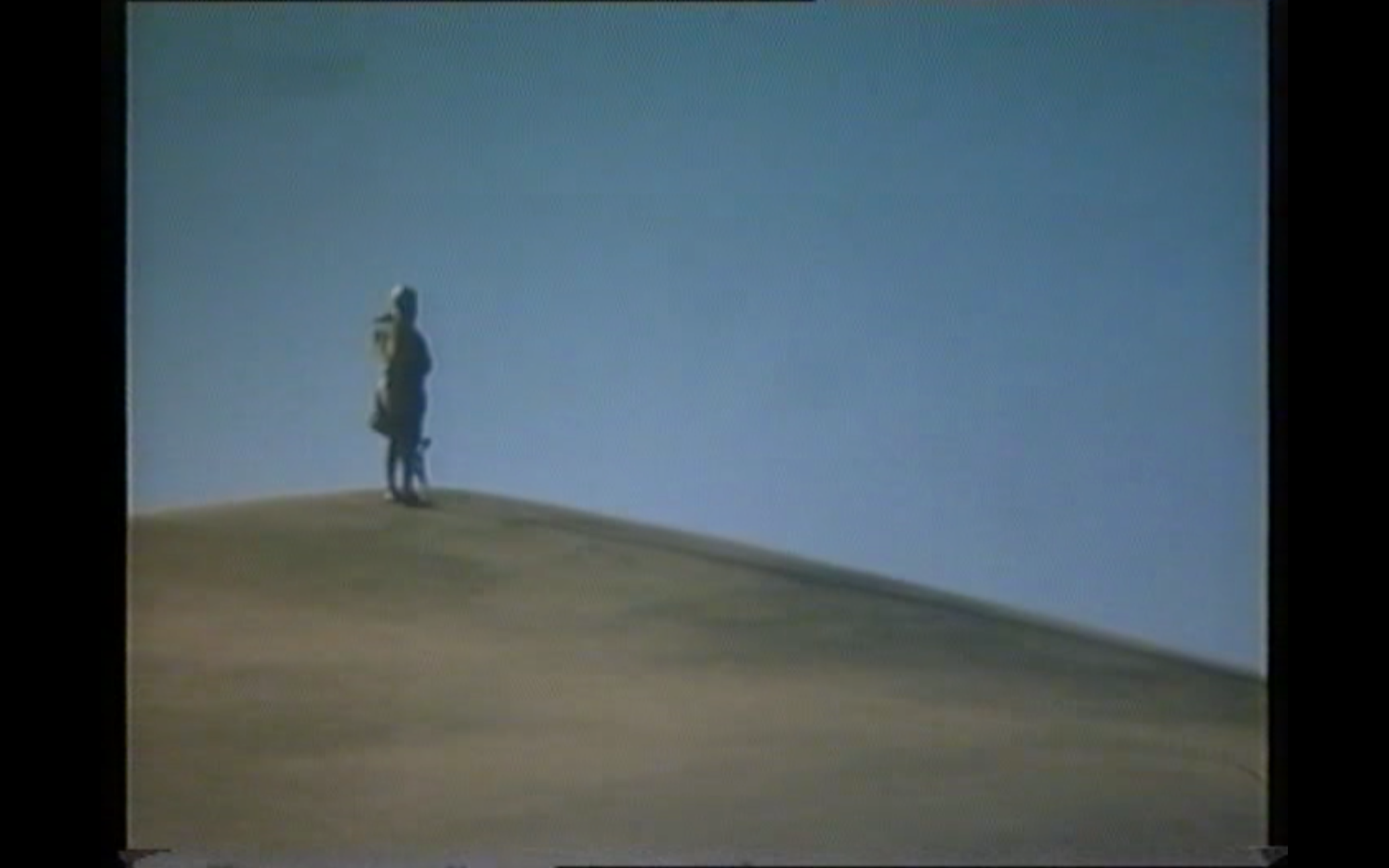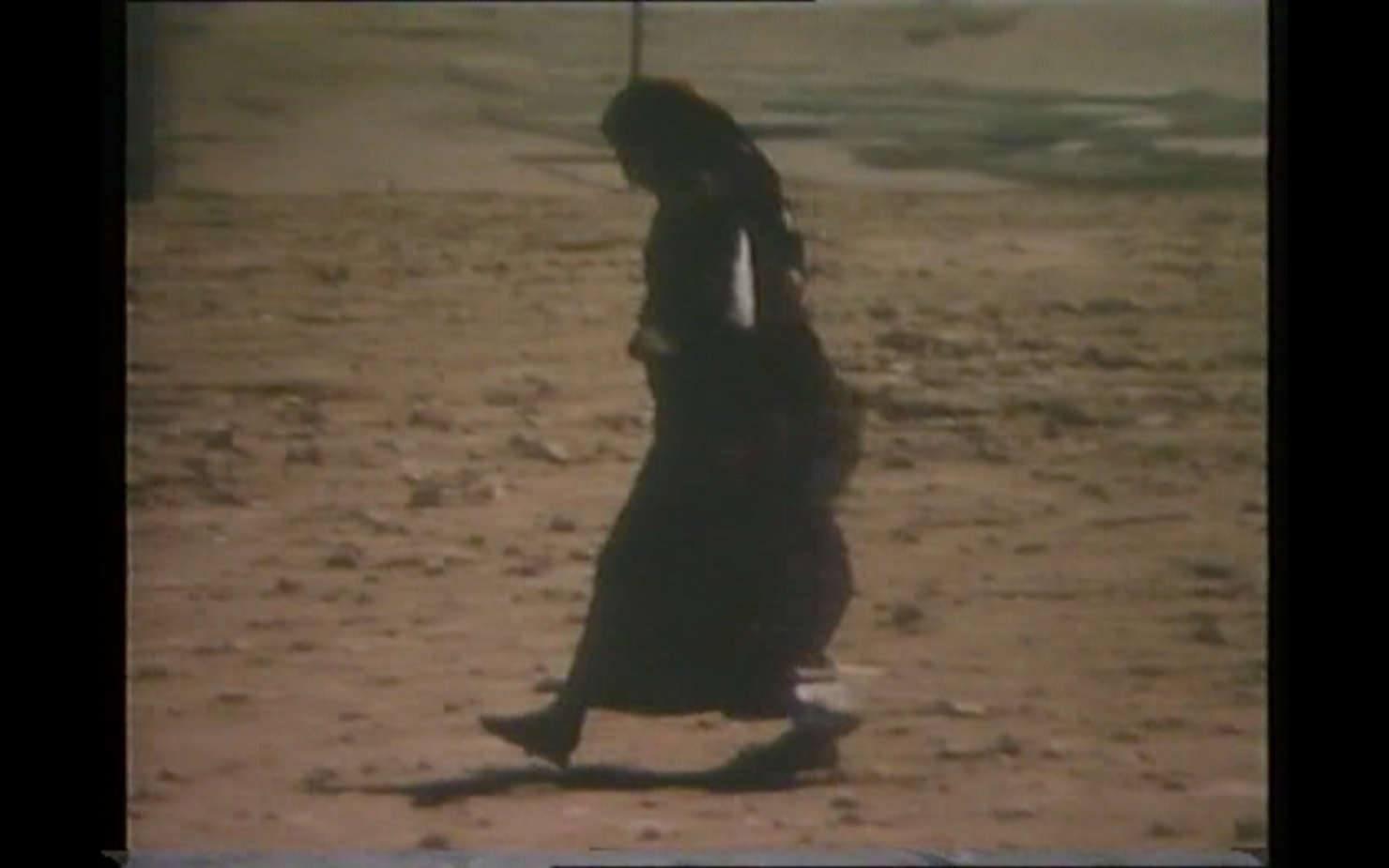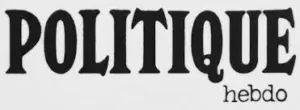This documentary from the heart of the desert shows the conflict between the Algerians and the Moroccans at El-Aiounet, the Saharan resistance on the Polisario Front.
Jocelyne Saab’s word…
Statement of intent
The shooting of this film was spread out over three shoots from July to November 1977, with a reduced crew. I was 29. The film had taken us to Morocco with the Royal Armed Forces, to the Saharan provinces of Saguia el-Hamra, to Mauritania with the army of Mokhtar Ould Daddah in the Rio de Oro and Zouérate, and then eventually twice, in September and November 1977, to the liberated territories of the West Sahara with the combatants of the Polisario Front.
This documentary, at 52 minutes long, constitutes a substantiated record of the problem of the West Sahara, a former Spanish colony that is now shared between Morocco and Mauritania.
I wanted to show the nature of this absurd war that pitted two regular armies over an area of 280,000km against a handful of Polisario resistance fighters. It’s like the atmosphere of the Tartar desert as Dino Buzzati recounts it, but in this case the enemy isn’t hypothetical, on the contrary, it’s a permanent threat.
This film reminds the viewer of the existence of a Saharan people and of their will to gain self-determination. It’s the waking of a national conscience shaping itself in the face of war. The Sahara is Not for Sale also contains a political and economic analysis of the conflict that is as much linked to the internal situation of the countries in question, as to the bigger picture of the regional and international situation. »
Text written when the film was released in 1978


